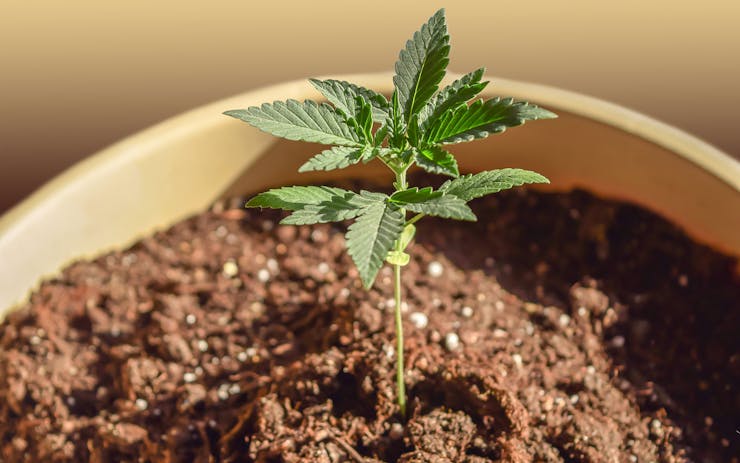Because of 100ish years of prohibition, limited record-keeping, and a lack of well-quantified data, any list of cultivars claiming they are best for this, that, or the other, is totally subjective. How then is one supposed to choose from the many hundreds of cultivars of weed out there when looking to start growing yourself?
While we refuse to drum up our own list of specific cultivars, we instead offer some guidance to help you choose for yourself.
Should I choose a cultivar based on climate?
We know what you’re thinking—if you live somewhere hot with long summers, plant a sativa, as those evolved closer to equatorial climates. And if you live anywhere with a shorter growing season, reach for an indica, as those hail from harsher northern climates.
Here’s the thing—widespread hybridization means that there’s really no such thing as an indica or sativa anymore. What you get is going to be a hybrid, period.
What about the promised high?
What you will no doubt be presented with in any cultivar description is what it will do to you. Proceed with caution: Because of everyone’s individual brain and body chemistry, these descriptions don’t necessarily apply to everyone. One person’s couch lock is another person’s dance party. Truthfully, depending on the set and setting, your couch lock on one day might be your dance party on another.
Pick a plant based on terpene profile?
We say: Go for it. Especially if you’re going to grow your own, you’re going to be smelling a lot of this plant. Why not have it be equal parts gardening and aromatherapy?
Cultivars often give a hint of smell in their name, indicating if they’re on the fruitier side (Mango, Blueberry, Orange Cookies), skunkier side (Island Sweet Skunk), earthier side (Earth OG), or gassy side (Sour Diesel). Not only may these terpenes impact your high, they most certainly surround you as your plants grow.
Go for color?
Again: Go for it. Let’s face it—a lot of weed looks similar once it’s dried. Why not have a little fun with color in the garden? Certain cultivars turn intensely purple, especially as cooler fall temperatures approach. Others have brightly-colored pistils—a real delight when flowering starts.
How to find cultivars with colors? Look for clues in their names. Anything with purple (Granddaddy Purple) or blue (Blue Dream) in its name likely has some color during the growing season.
Shop highly rated dispensaries near you
Showing you dispensaries nearWhat if I like its name?
Given that so much of cannabis cultivation is a gamble and everything’s a hybrid, we totally condone choosing based on name—it’s sort of like choosing a wine bottle based on the label. Why not?
Maybe you want Green Crack or Purple Monkey Balls growing in your garden, and that’s OK. It’s also fine if you stick to something friendlier sounding, like Cherry Pie or Mango Tango.
Try growing an icon
Acapulco Gold? Pineapple Express? White Widow? All classics. Go for it. But it’s important to understand that at this moment in time, there’s no accountability or regulation when it comes to genetics and names. OG Kush sold from two different vendors might have vastly different DNA.
It’s also important to understand that seeds with the exact same DNA will still produce distinct plants with their own unique expression of cannabinoids and terpenes. Terroir—a.k.a. soil and climate—impact how a plant grows and what chemical compounds eventually pack its flowers. Environment plays a huge role in a plant’s ultimate expression.
Find local growers
If you can connect with a local community of outdoor cannabis growers, they’ll be your best bet for telling you what cultivars do well in your particular climate. It’s highly likely that they’ll have a few extra seeds to share too. Over time, plants grown in a specific climate and allowed to produce seeds will adapt better and better to that particular locale.





